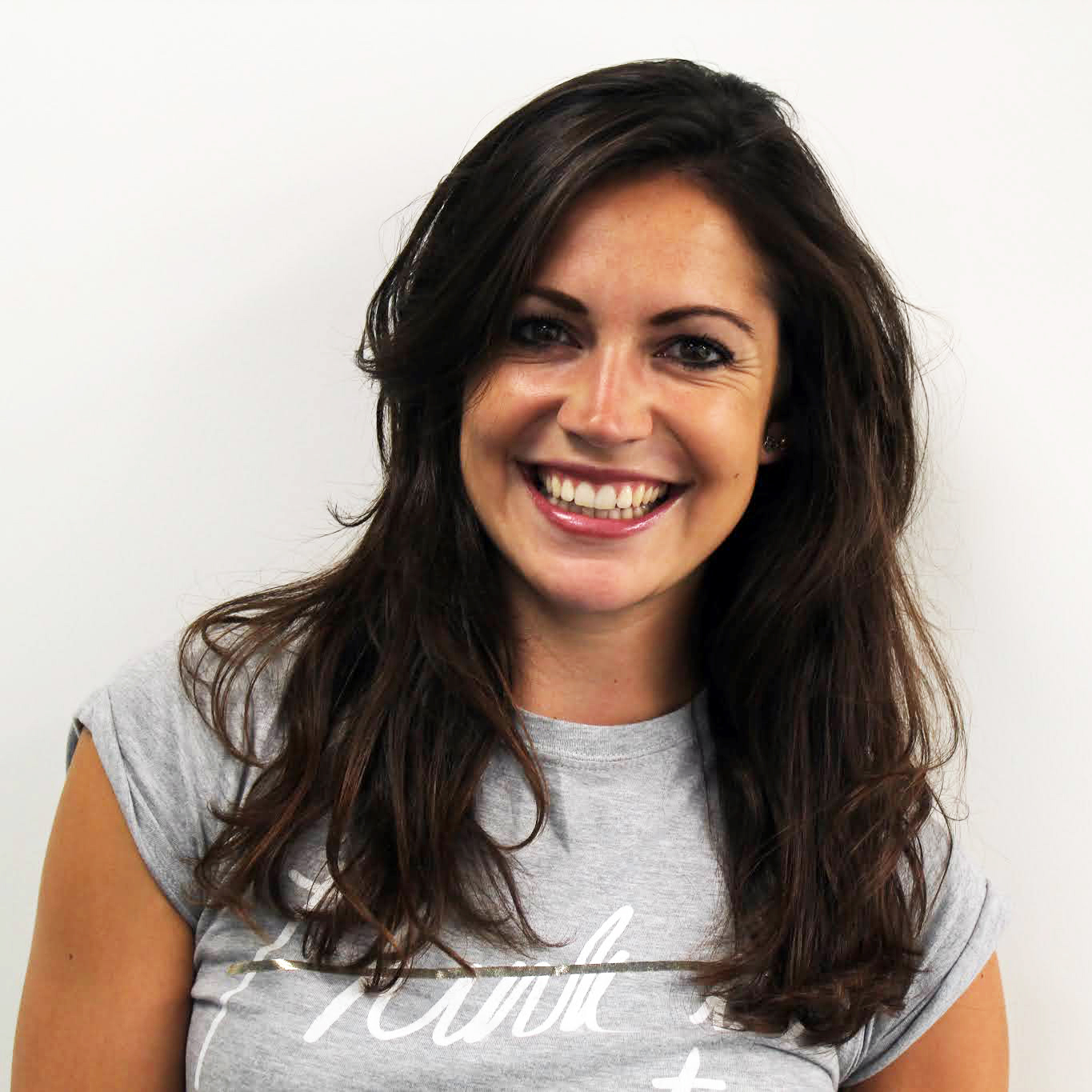High-fiber diet plan to support digestion and help you stay full
We spoke to a nutritionist to help you design a high-fiber diet plan to improve your digestion

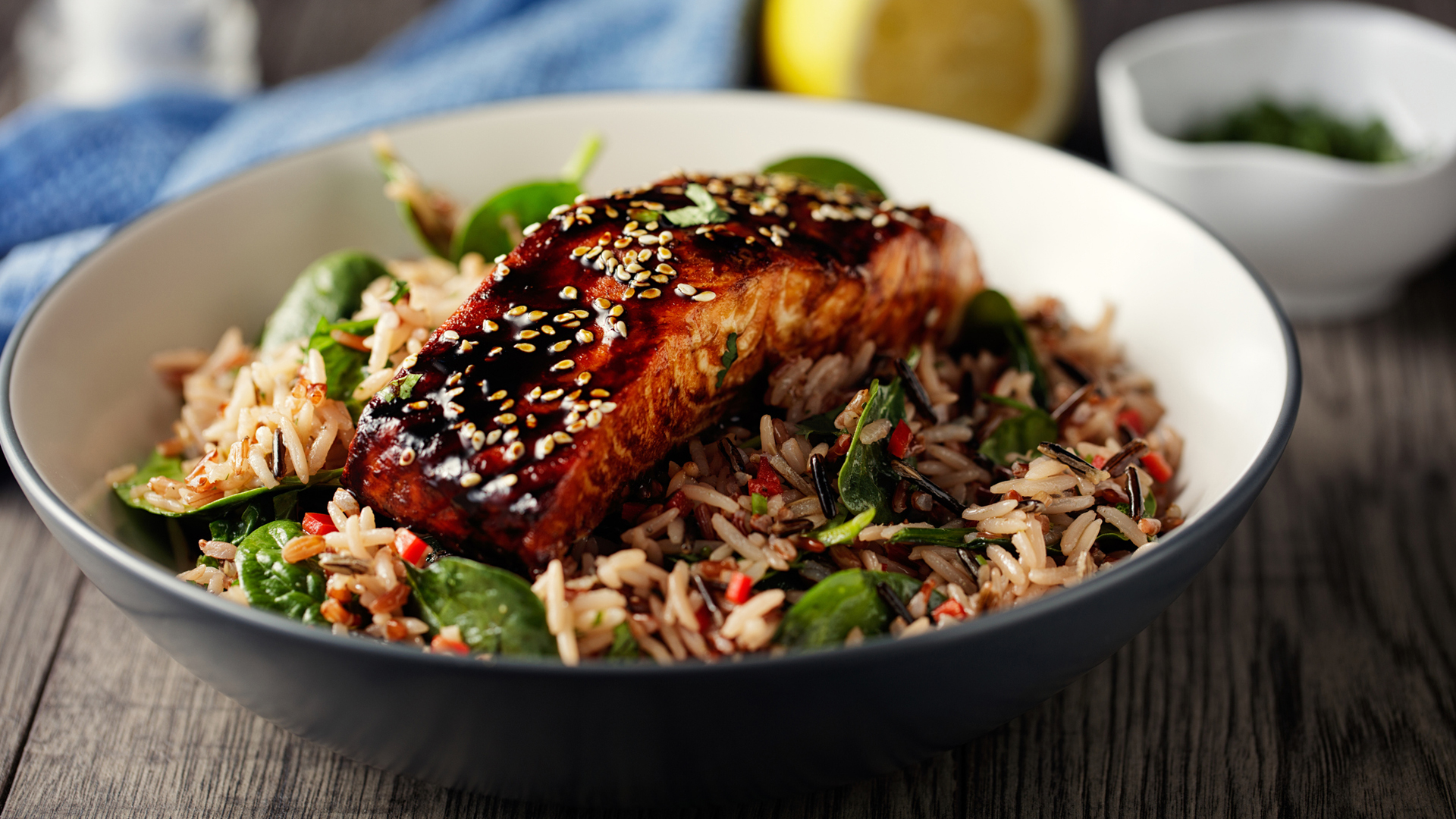
Fiber is a crucial dietary nutrient for our bodies. It helps maintain a healthy digestive system, prevents constipation, reduces inflammation, and promotes healthy gut bacteria growth.
But getting your recommended daily allowance from food can take a lot of work, so it's essential to focus on using a high-fiber diet plan to get the right ingredients and foods into your diet to keep your levels topped up.
While many people take the best B12 supplements to increase their intake, generally, it's best to get fiber from nutritious food, although there are some supplements out there if your doctor recommends them.
There are two types of fiber; soluble and insoluble. Soluble fibers dissolve in water and form a gel-like substance during digestion, while insoluble varieties stay in their original form.
But both are equally important, says Lisa Scheepers, a nutritionist at Fresh Fitness Food. We spoke to Scheepers about getting more fiber into your diet and designing a high-fiber diet plan.

Lisa Scheepers is a nutritionist at Fresh Fitness Food. She holds a degree in Nutrition and Dietetics from UC Leaven-Limburg in Belgium, and is a NSCA-certified personal trainer.
Why is fiber important?
Fiber's primary role is to help support your digestive system. "Insoluble fiber adds bulk to our stool and makes it softer," Scheepers says. "This helps to decrease the gut transit time and prevents symptoms such as bloating, constipation and diarrhea."
She adds that it's also important for our gut health, and it can improve our cardiovascular (heart) health, too. This is because fiber lowers the total cholesterol and LDL (‘bad’ cholesterol) without affecting HDL (the ‘good’ cholesterol).
Start your week with achievable workout ideas, health tips and wellbeing advice in your inbox.
Not forgetting that fiber has also been associated with a lower body weight. “Fibrous foods are often bulky and, therefore, filling,” says Scheepers. “This helps us to feel satiated for longer periods of time, which can help with weight management, by preventing overeating.”
The US Department of Agriculture recommends that we consume around 28g of fiber each day, although that'll vary by person.
High-fiber diet plan: breakfast ideas
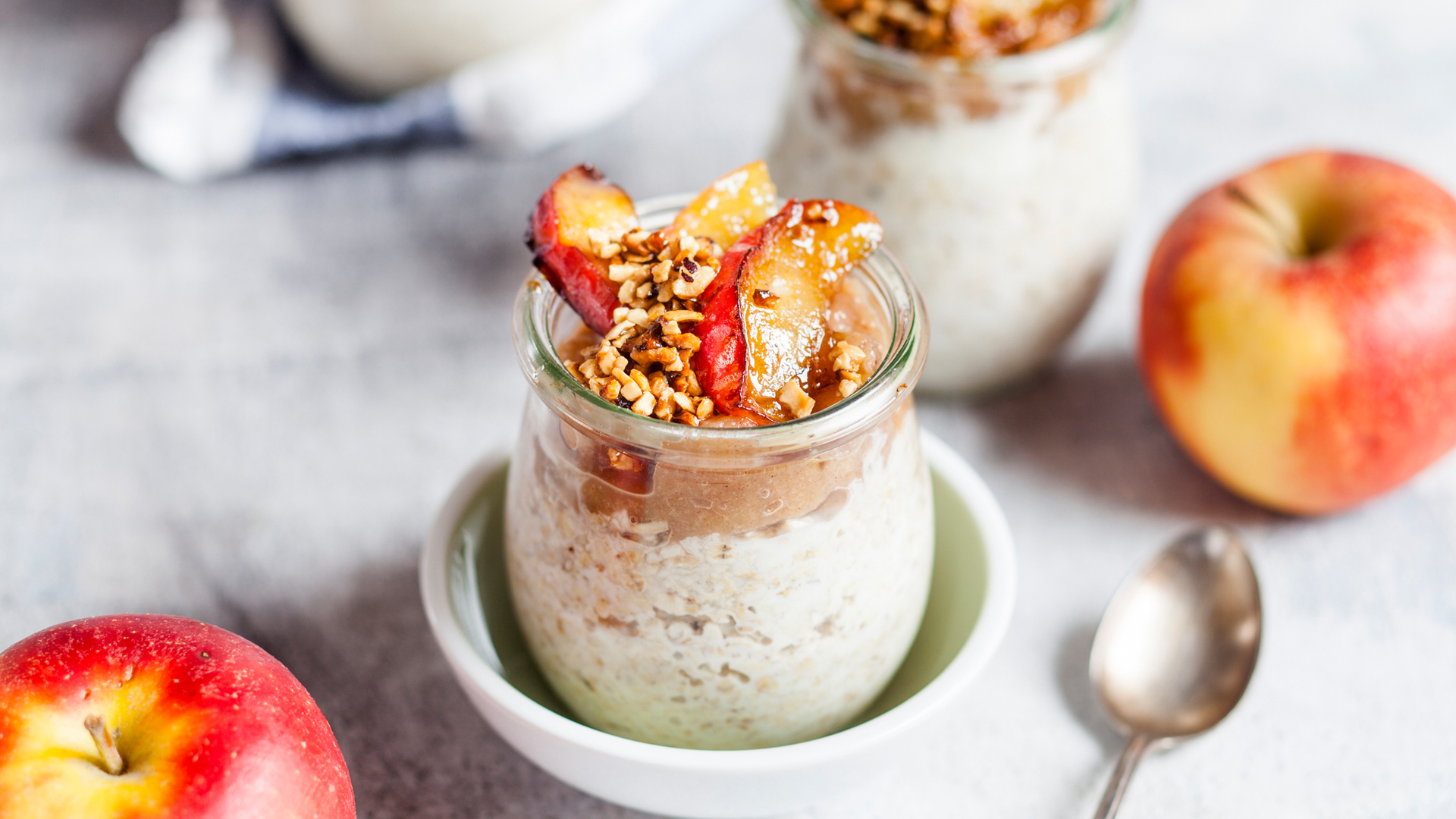
Scheepers recommends high-fiber foods for breakfast as it'll help you stay full throughout the morning. She suggests adding oats to pancakes and muesli or granola to yogurt with fruit.
Leave the skins on your fruit if they're washed, as the skin also has plenty of fiber. You can top your breakfast with seeds and nuts and switch white bread for wholemeal for your toast.
- Overnight oats with fruit, seeds, and nuts
- Chia pudding with fruit
- Breakfast burrito with eggs, beans, avocado, and baby spinach
- Vegetable omelet with peppers, tomatoes, mushrooms, onion, and broccoli
High-fiber diet plan: lunch ideas
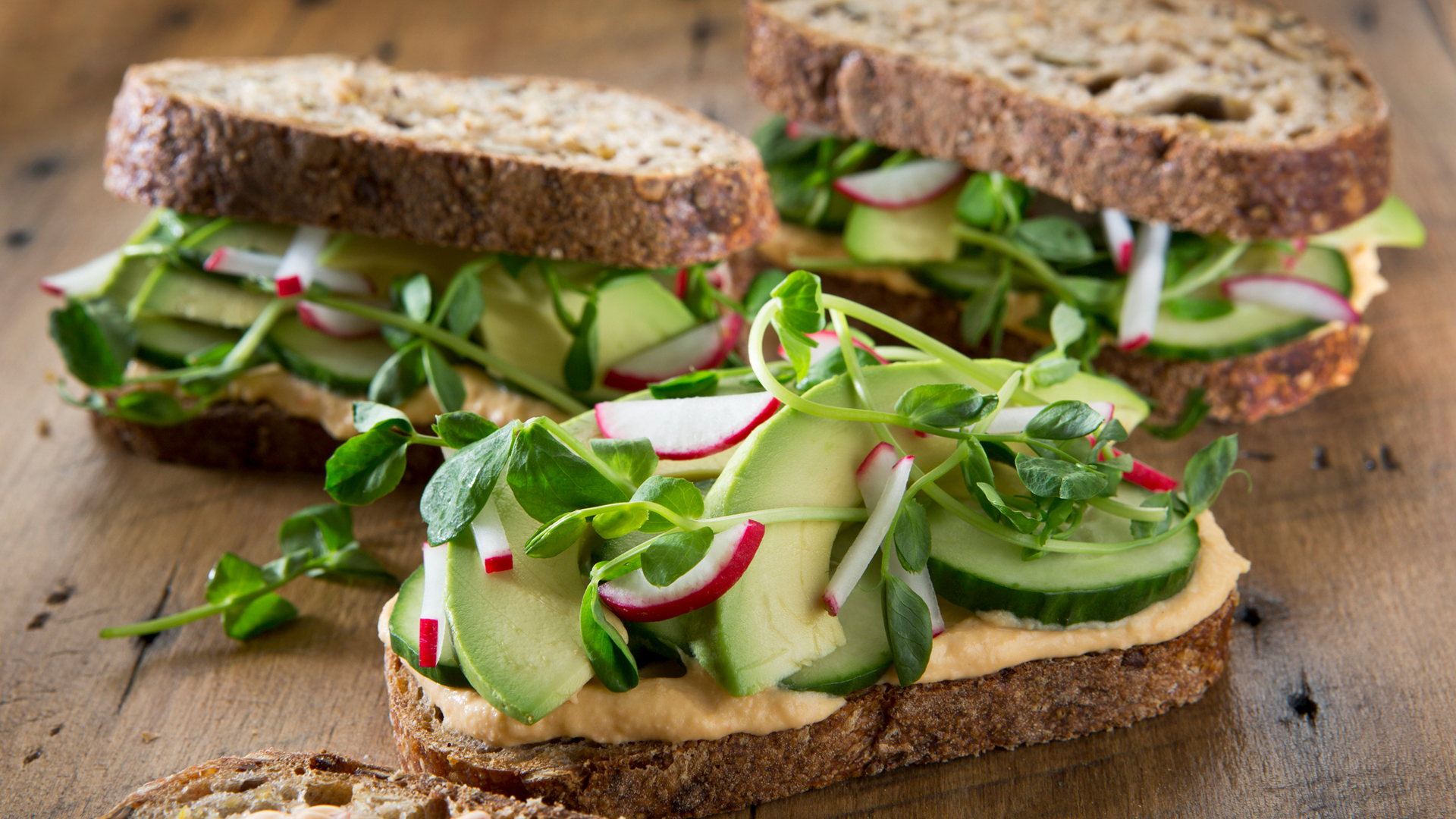
"A decent fiber intake at lunch has a positive effect on your blood glucose levels," says Scheepers. "This supports us with a sustained energy level throughout the day, preventing that afternoon slump."
And without this slump, we're more likely to skip the sugary snacks that give quick boosts of energy. To get these benefits, add some raw vegetables to your lunches, sandwiches, or just have them as a snack on the side.
- Sweetcorn and tuna salad bagel
- Roasted red pepper, carrot, and hummus sandwich
- Vietnamese summer rolls
- Greek quinoa bowl
- Pea and broad bean shakshuka
High-fiber diet plan: dinner ideas
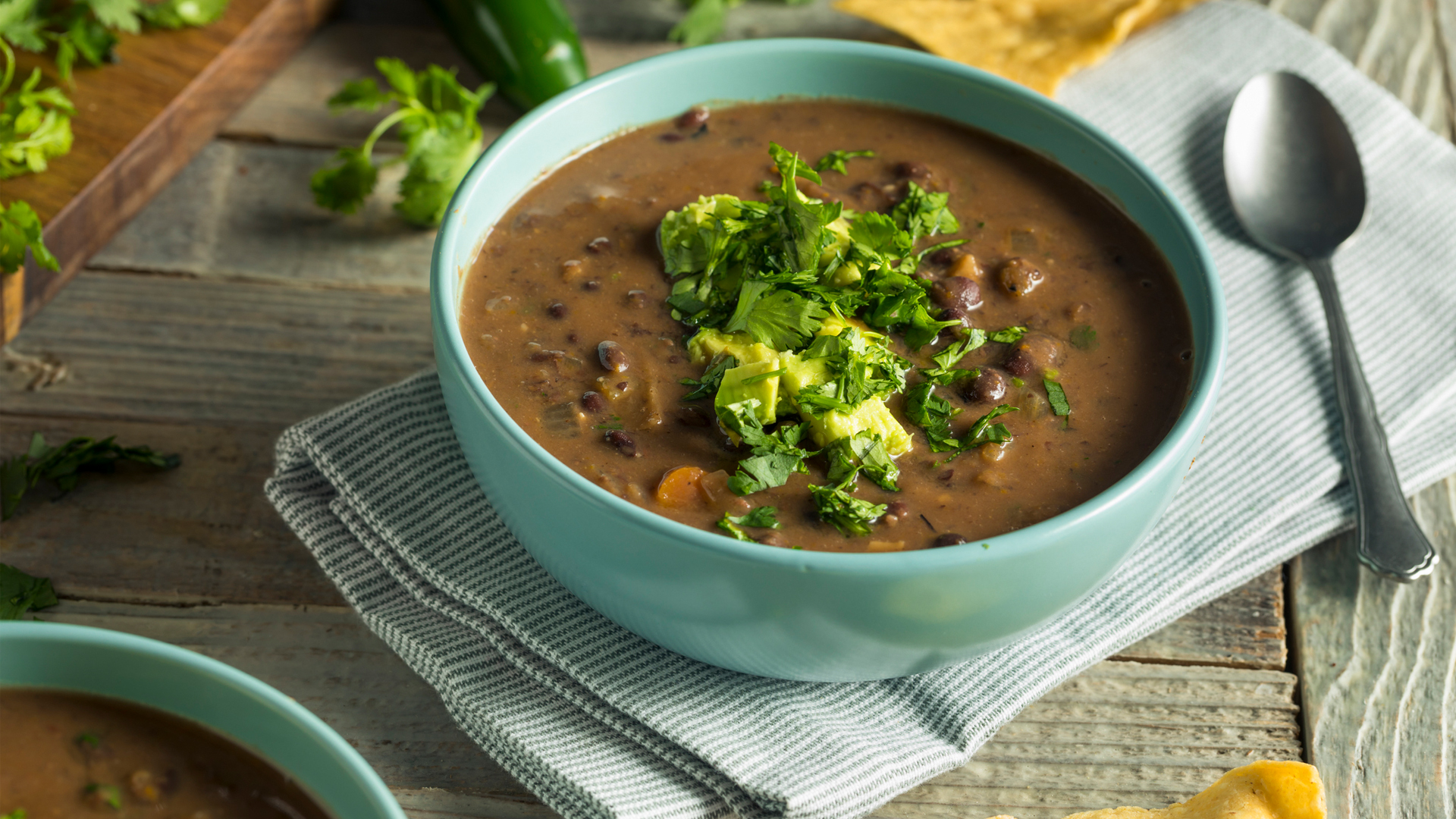
“Fiber is an essential component of a healthy diet and to make the most out of its benefits, it’s best to include it with every meal,” says Scheepers. Plus, eating fiber at dinner could help with digestive movements come the morning.
There are several simple ways to include more fiber at dinner. “Regularly swap pasta and white rice for wholemeal pasta, brown rice, and grains, such as quinoa,” suggests Scheepers.
She also recommends adding plenty of vegetables to meals, either as a side dish or added to sauces, stews or curries. Plus, you could try swapping dessert for fruit instead.
- Mexican bean soup with guacamole
- Lamb with feta, lentils, and mint
- Spaghetti with lentil bolognese
- Spiced chicken and chickpeas with bulgur salad
- Teriyaki salmon with greens and brown rice
High-fiber snacks
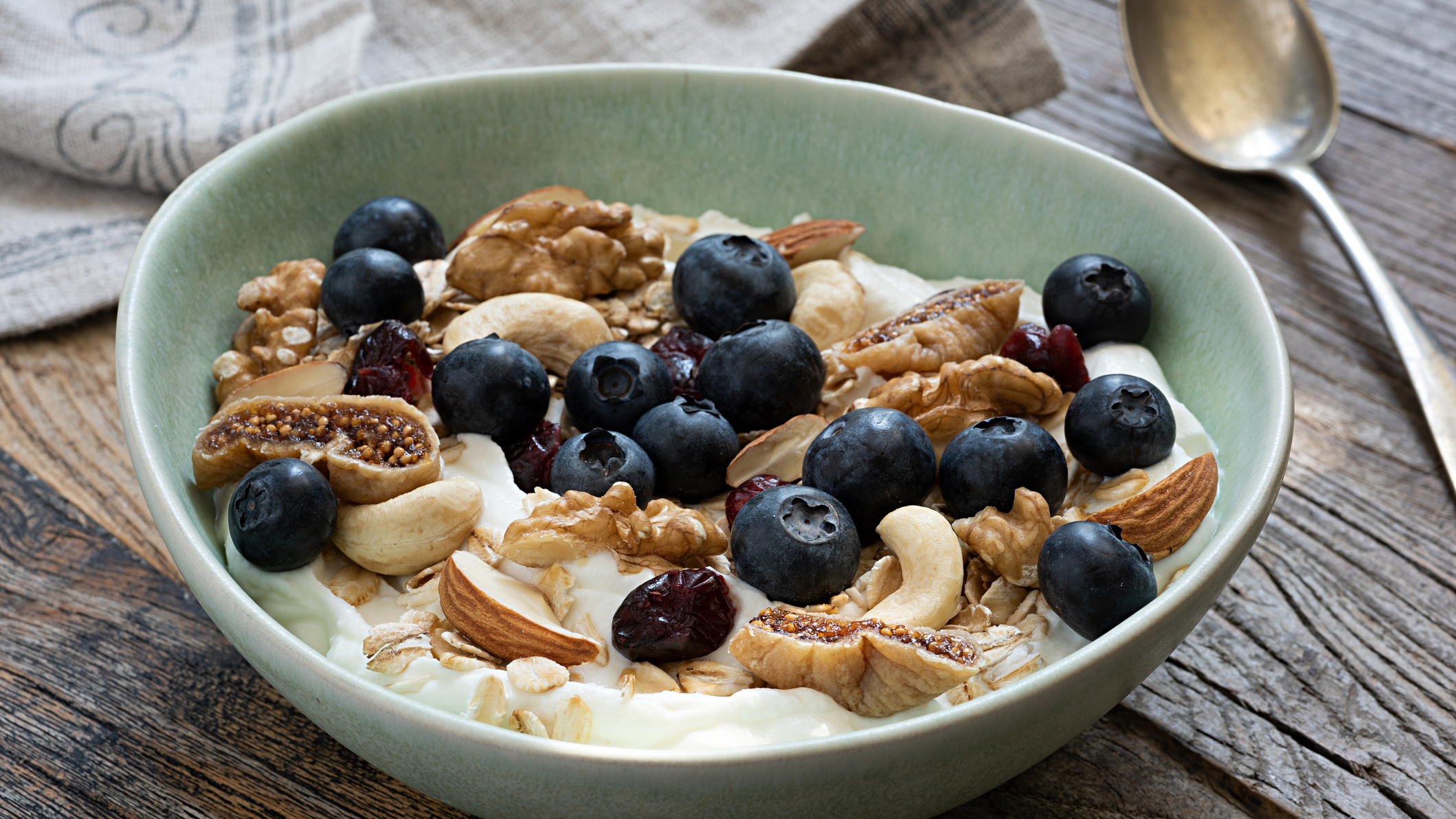
It's up to you how many snacks you have in a day, as it'll depend on your goals and needs. However, it's worth keeping in mind that it's worth building up your fiber intake gradually to avoid any digestive discomfort.
- Fruit with the skin on (if possible)
- Handful of dried fruits like raisins, mango, or apricots
- Crudités (such as carrots and celery) with a dip like hummus
- Handful of nuts
- Granola bar
What foods are the highest in fiber?
According to Jess Hillard, a sports nutritionist at Warrior, wholewheat and whole-grain carbohydrates are the main contributors to fiber. This can include brown pasta, brown rice, and brown bread. Beans, legumes, fruit, and vegetables are all additional sources of fiber, especially if consumed with the skin on, Hillard says.

Jess Hillard is a nutritionist with Warrior and holds a degree in Nutrition from Oxford Brookes University. After sustaining an injury following overtraining, Hillard used food to aid her recovery, which led to her interest in nutrition.
How to eat 30g of fiber a day
Most guidance suggests eating 30g of fiber daily, but what does that look like? To help you make sense of this recommendation, Hillard breaks it down into several foods:
- 30g bowl bran flakes (5.1g)
- Banana (2.6g)
- Kiwi with skin on (3.5g)
- Wholewheat bagel (5.3g)
- An apple (2.4g)
- One pear (6g)
- 1 cup brown rice (3.5g)
- Three trees of broccoli (2.4g)
You can use plenty of other combinations, too, so don't feel the need to stick to a plan like this. Likewise, your body may not actually need 30g of fiber — like most things, nutritional requirements vary by person.
Hillard explains: "If you are smaller, you won't need as much as someone taller and heavier. Similarly, if your digestion is not as good, you may need an increased fiber diet."
Can you lose weight by eating high-fiber foods?
High-fiber foods have a lot of health benefits, but you can definitively say they're good for weight loss, as there's no one-size-fits-all approach for everyone, says Hillard.
"However, eating a high-fiber diet can help keep you fuller for longer. So, you're less likely to eat again after a meal, reducing snacking," which can help you achieve a calorie deficit, a significant weight loss tool.
Blending dietary changes with exercise is the most sustainable way to lose weight. Any physical activity you enjoy will help (as it means you're more likely to stick to it), but some are more effective.
High-intensity routines, like a HIIT workout for fat loss, increase your heart rate, so you burn more energy during the session, and sustaining the high heart rate also helps boost your metabolism for all-day fat-burning.
Lucy is a freelance journalist specializing in health, fitness and lifestyle. She was previously the Health and Fitness Editor across various women's magazines, including Woman&Home, Woman and Woman’s Own as well as Editor of Feel Good You. She has also previously written for titles including Now, Look, Cosmopolitan, GQ, Red and The Sun.
She lives and breathes all things fitness; working out every morning with a mix of running, weights, boxing and long walks. Lucy is a Level 3 personal trainer and teaches classes at various London studios. Plus, she's pre- and post-natal trained and helps new mums get back into fitness after the birth of their baby. Lucy claims that good sleep, plenty of food and a healthy gut (seriously, it's an obsession) are the key to maintaining energy and exercising efficiently. Saying this, she's partial to many classes of champagne and tequila on the rocks whilst out with her friends.
